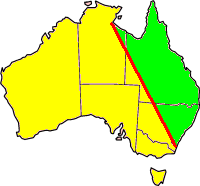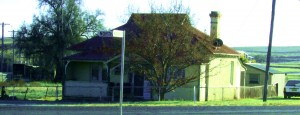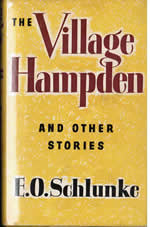Academic Ian Turner in 1978 invented the term Barassi Line to identify the border separating where men and boys played Australian Rules and where they preferred Rugby League. As you can see in the map it is all a bit too linear to be real. The only area along the line containing any significant population is the Riverina. So perhaps we can fine tune that line.
I must say I don’t like the line being called after Ron Barassi – better to name it after a footballer who lived on the line and played Australian Rules on Saturday and Rugby League on Sunday – such as Eric Kuhn originally from Weethalle or Jim Keys from Gibsonvale. So I’m calling my line the Jim Keys line. Continue reading


 In 1959 I was working for the Electricity Commission of NSW. We were building a wood pole transmission line from Murrumburrah to Boorowa. I was sent from Sydney in late March to work there for 3 months at the construction depot. I was 22 at the time. I was able to secure board with a Mrs Franklin and her grandson I think his name was Reg. The house was at the entrance to the Murrumburrah Showground.
In 1959 I was working for the Electricity Commission of NSW. We were building a wood pole transmission line from Murrumburrah to Boorowa. I was sent from Sydney in late March to work there for 3 months at the construction depot. I was 22 at the time. I was able to secure board with a Mrs Franklin and her grandson I think his name was Reg. The house was at the entrance to the Murrumburrah Showground.